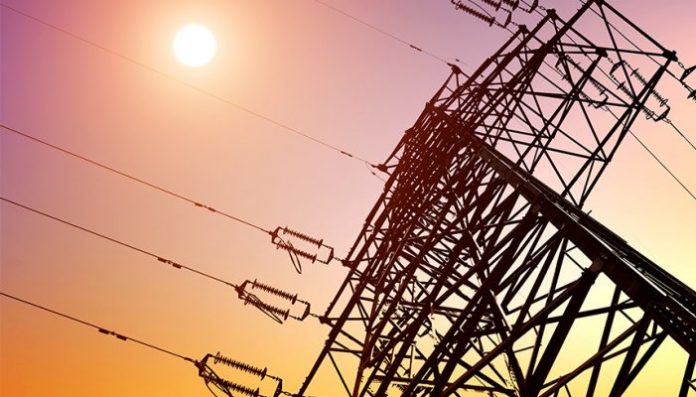Power generation in Pakistan reached 10,262 GWh (13,793 MW) in October 2024, marking a 7% year-on-year increase compared to October 2023, which saw 9,572 GWh.
However, on a monthly basis, generation dropped by 17.8% from 12,487 GWh (17,343 MW) in September 2024.
In the first four months of FY2025 (July-October), power generation declined by 5% year-on-year, totaling 50,808 GWh compared to 53,709 GWh in the same period last year. Analysts have raised concerns about the decline in electricity consumption, driven by sluggish economic growth and high energy costs. Moreover, a growing shift to alternative energy sources, particularly solar, is impacting the national grid and energy sector.
Notably, actual generation exceeded the reference generation by 0.7% for the first time in 13 months, noted Arif Habib Limited. The generation cost in October 2024 was Rs9.26 per kWh, Rs1.02 lower than the expected cost, resulting in a negative fuel charge adjustment (FCA).
However, the total cost of generating electricity rose by 10%, reaching Rs9.06 per kWh in October 2024, up from Rs8.26 per kWh in the same period last year. This increase was mainly due to higher costs of imported coal, which surged by over 27% to Rs16.91 per kWh compared to Rs13.27 per kWh in the previous year.
Hydropower led the generation mix with a 31.1% share, followed by RLNG at 19.5% and local coal at 14.8%. Among renewables, wind, solar, and bagasse contributed 1.9%, 1%, and 0.5%, respectively. The decline in nuclear generation by 21% YoY and the increased reliance on expensive imported coal were key factors in the rising cost of power generation.




